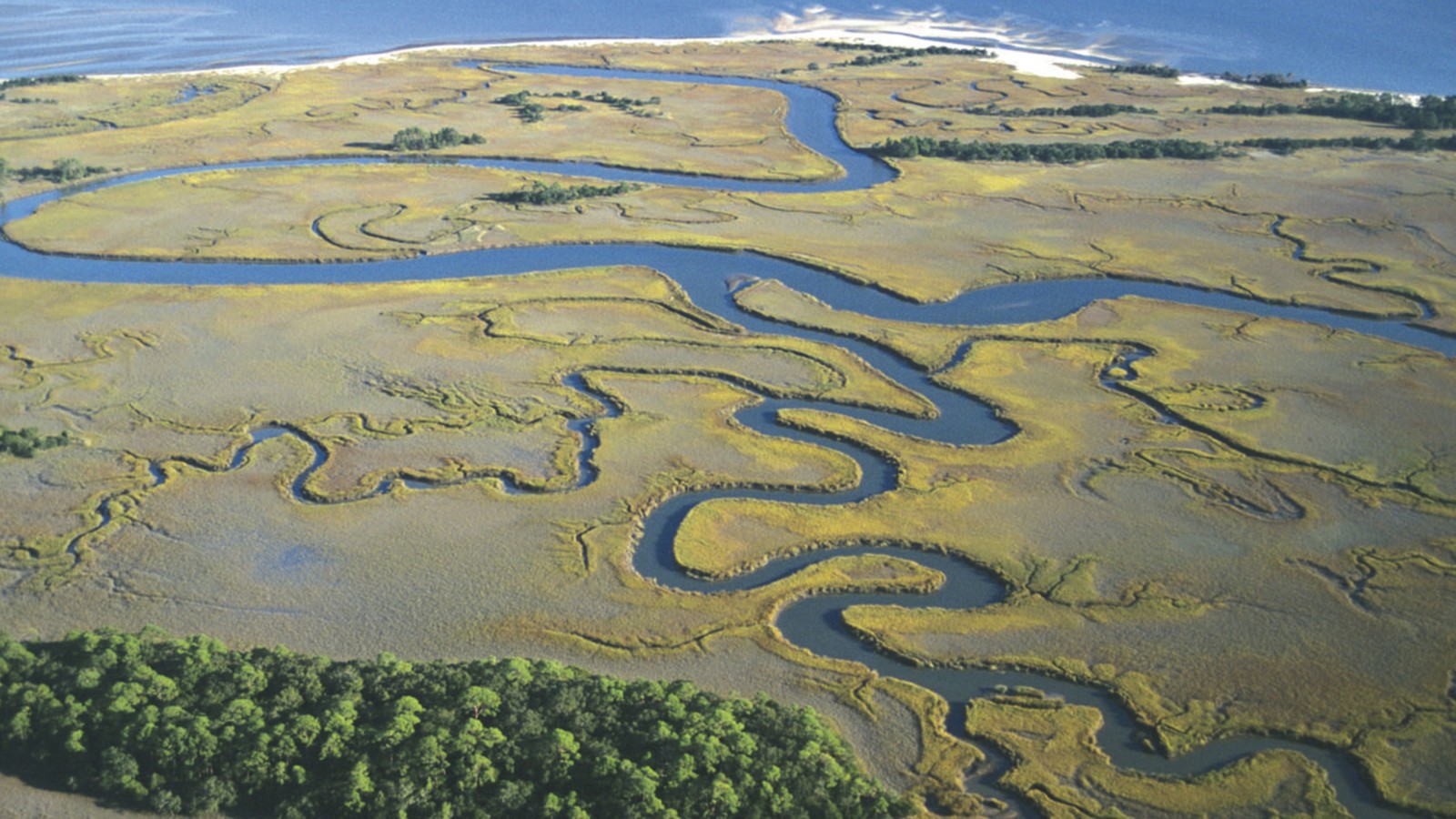South Carolina is home to a wide range of ecological communities. The coastal wetlands are especially diverse, many of which remain a mystery. Since South Carolina has lost 27% of its wetlands, travel blogger Celeste Hedequist from Boston, MA, believes preserving this area is crucial and is an advocate for wildlife and environmental preservation globally.
Rare Ecosystems In South Carolina
North Carolina has several types of habitats. Salt marshes, beaches, meadows, and forests provide different resources and creatures.
Palustrine Wetlands
The Palustrine ecosystem is primarily dominated by shrubs, mosses, and trees. Some of these wetlands lack plant life and other vegetation but do provide bedrock shorelines. This ecosystem includes shallow bodies of water and maybe situated on a slope.
The coast ecosystem has been jeopardized by increased development and elevated runoff. An increase in nitrogen and phosphorus has an impact on watersheds and surface waters. Since ponds can control water quality, adjacent waters are also frequently affected.
South Carolina ponds are prone to stagnation during warmer months and act as incubators for algae blooms. A wide array of species often thrive in stormwater ponds. Microplankton, vertebrate predators, and floating plants all live in these coastal ponds.
An increase in vegetation provides additional habitats. Celeste Hedequist is aware of several buffer zones used for fauna and hydrilla plants. By planting invasive vegetation, certain plants can stabilize soil and prevent erosion. When this occurs, fish and turtles can thrive.
Riverine Wetlands
The riverine wetlands can be found in floodplains that are typically associated with streams. Overbank flow that occurs in this area causes surface flows to steadily move downward. This can dominate hydrodynamics.
Riverine waters often merge with slope wetlands, poorly drained flats, and depressions. This particular ecosystem is vulnerable because of its sporadic water volume. Water may remain permanently in this area of the wetlands, or it occurs periodically.
The Carolina Bays
The Carolina bays are largely produced by rain and groundwater. Depending on the weather and location, bays can be wet all year. Rainbow Bay, located on the Savannah River, has had only a handful of days where water was present.
The wildlife found in these bays is vast and represents dozens of aquatic and land creatures. Frogs, turtles, snakes, and even alligators can be found in this area. Birds such as herons, egrets, and waterfowl also make this ecosystem their home. As for plant life, water lilies and bald cypress are abundant.
Why It’s Important To Maintain South Carolina’s Ecosystem
An ecosystem is a crucial environmental development where plants and organisms can survive. By working together, organisms and vegetation can provide a community that sustains life in various forms.
Rare Species
South Carolina has a variety of species that live both on land and water. The wood stork, for instance, lives both in and out of the water. A wood stork stands approximately 3 feet tall and will walk throughout the wetlands while it feels for fish with its bill.
Alligators are another native to South Carolina’s ecosystem. These creatures can hunt on land or in the water and prefer areas with warm temperatures. Although they eat birds, fish and amphibians, a strong ecosystem can support this species.
Without a functioning ecosystem, Celeste Hedequist from Boston, MA, is concerned about this community. The role a particular species has within the ecosystem can affect how other creatures react and survive. A proper ecosystem can be damaged by the absence of trees, temperature change, and exposure to chemicals.
The Flatwoods salamander is one of the rarest amphibians in South Carolina. The salamander lives mostly underground or in breeding ponds. These particular amphibians have a specific patterning that mimics the style of lace. They are called Frosted Flatwoods in this region. Their main location can be found in the native longleaf pine savannas.
Why Is Biodiversity Important For South Carolina?
Biodiversity refers to the number of species and genes within a biological community. These biological communities are defined to a specific area but may impact the species as a whole. A loss of biodiversity can put certain organisms and vegetation at risk.
Wetlands and coastal marshes found in South Carolina are at risk. Man-made issues primarily threaten the ecosystem. These can include commercial farming, coastal tourism, and residential development. These factors can play a critical part in maintaining the correct temperature and the number of natural resources available.
Coastal marshes have historically provided basic food and necessities. Native Americans once used this environment to make arrow shafts, fish, and create tools—one of the first commercial uses of this land revolved around rice production.
South Carolina is ranked 10th in the rate of urban development. With 200 acres per day used primarily for urban growth, species and rare ecosystems are challenged. Some of these species are expected to migrate out of the state. Longer droughts are predicted because of the disruption in the environment.
Preserving South Carolina
The state of South Carolina has an eclectic ecosystem that involves mammals, fish, and rare vegetation. To preserve this ecosystem, environmental activists, residents, and concerned citizens must become involved. To spread the need for change and conservation efforts, education is the first step.


